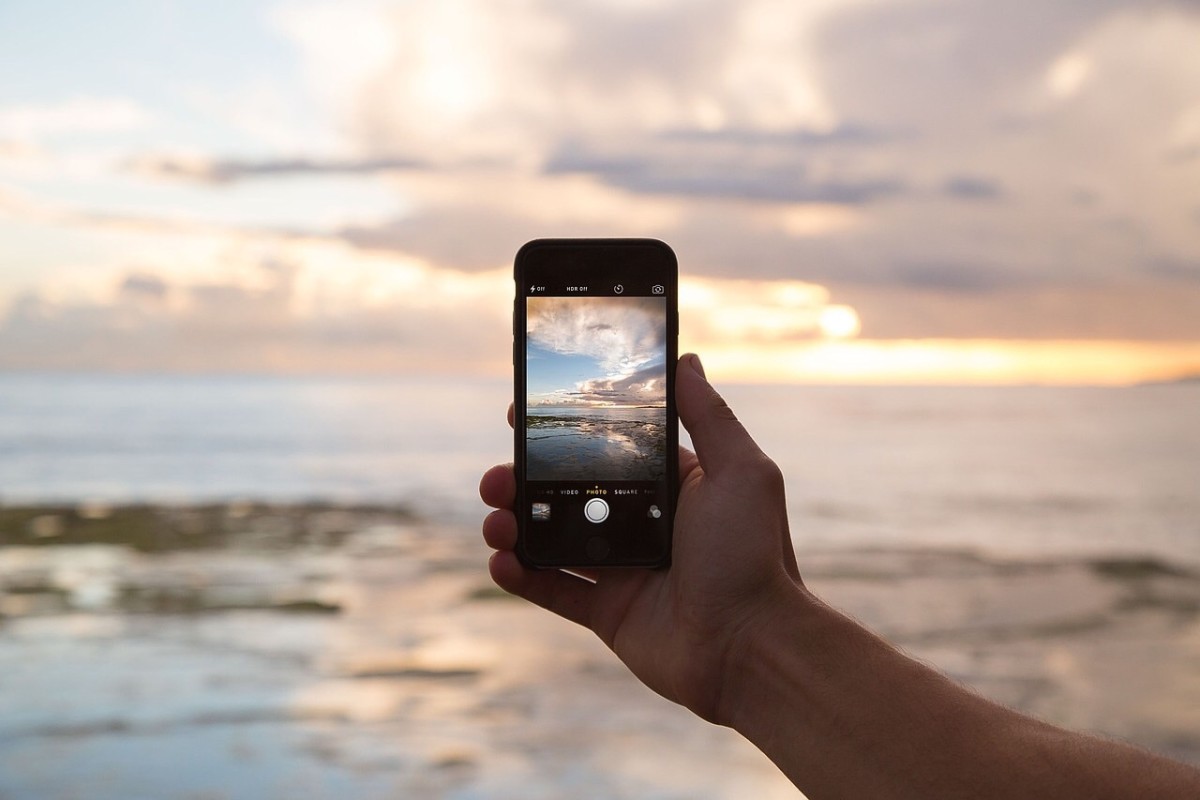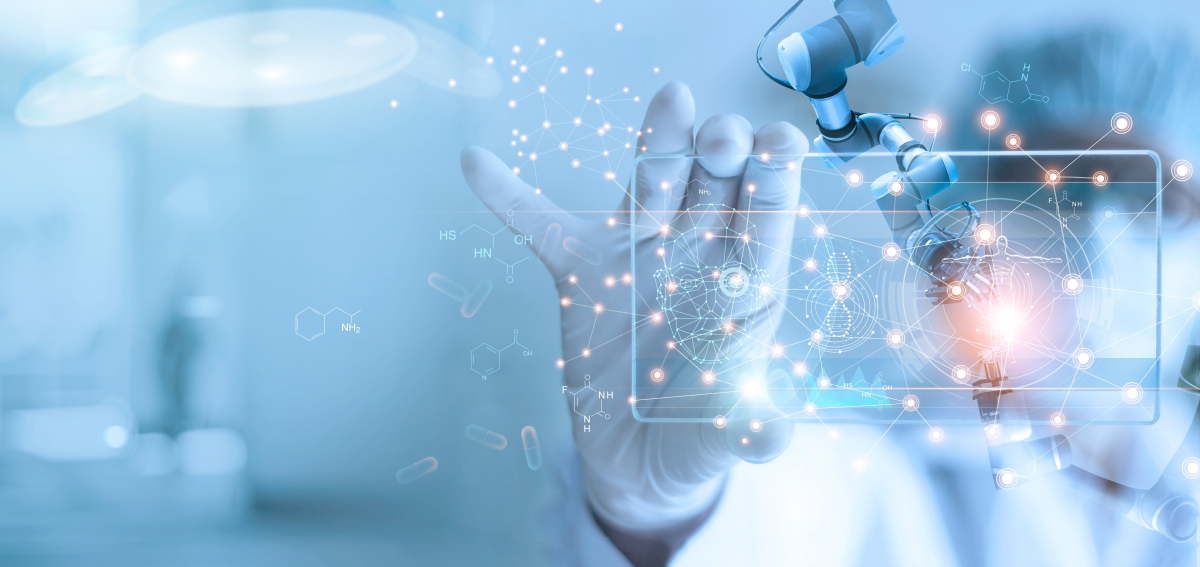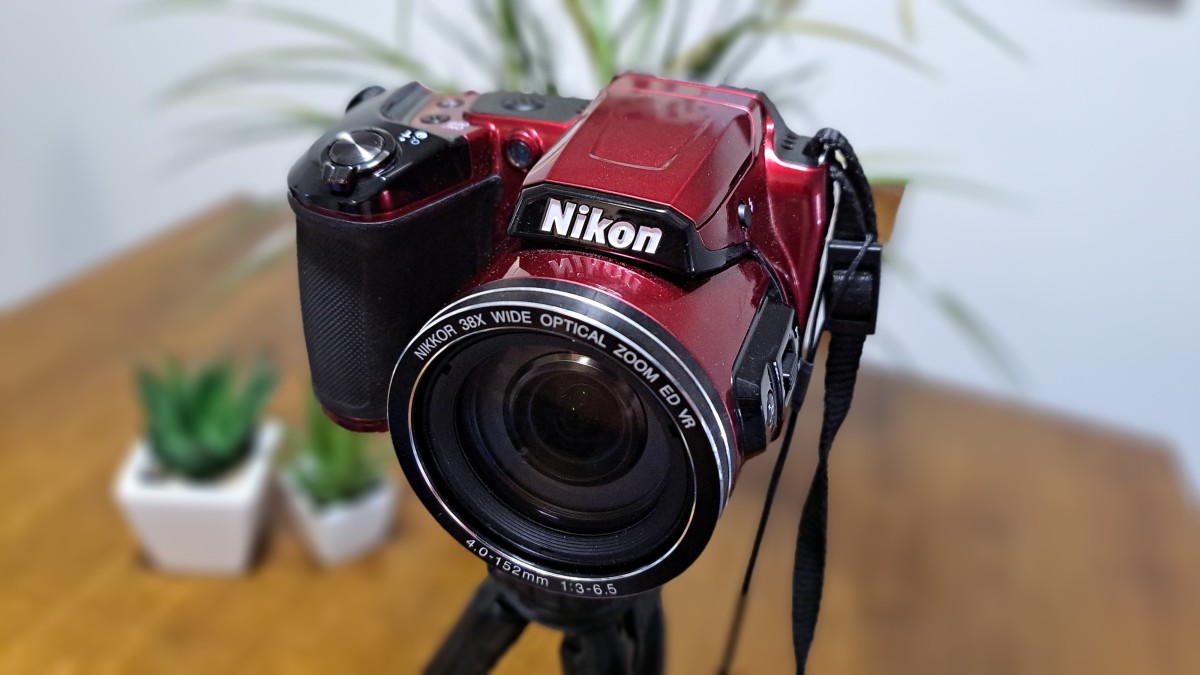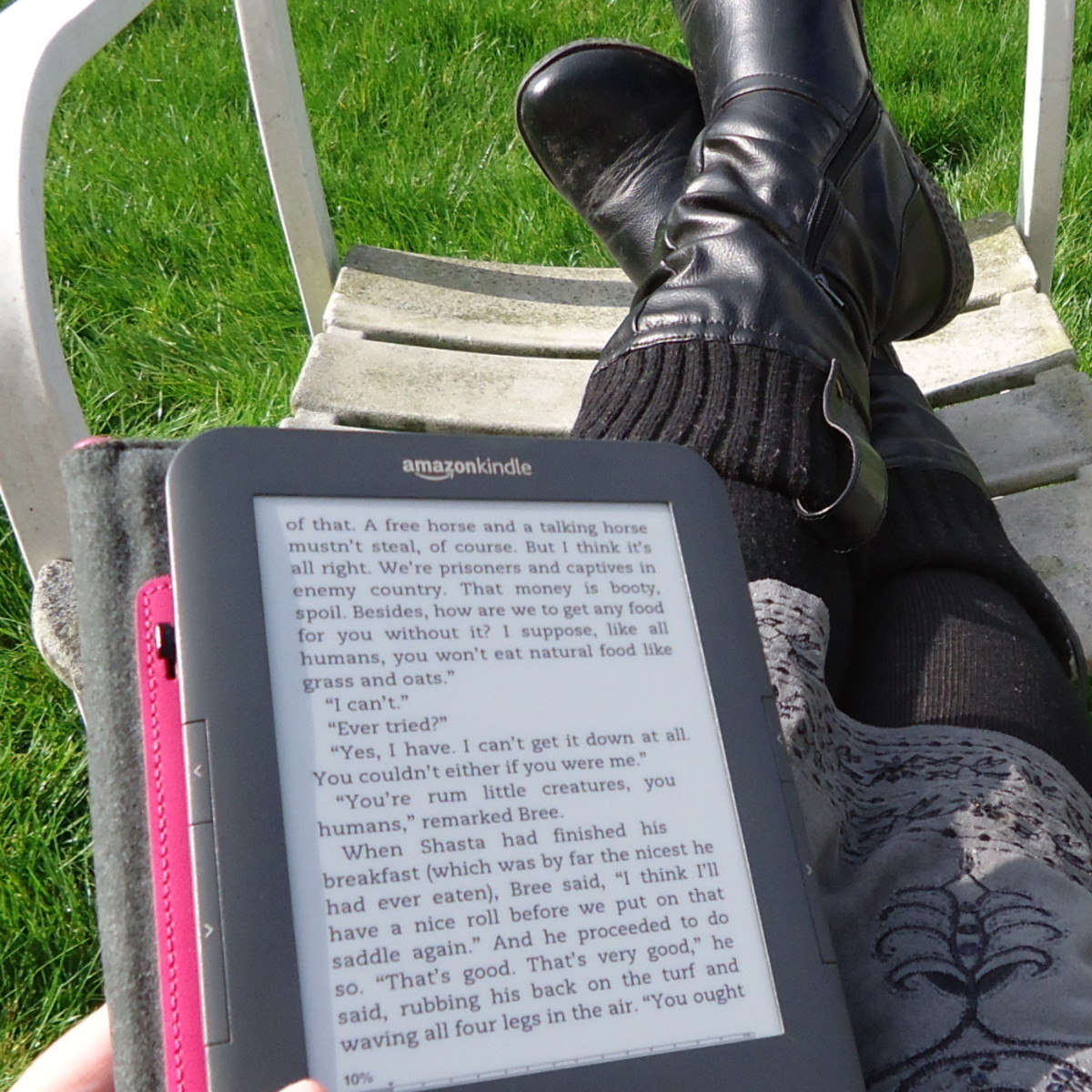Electronics and Technology - their remodelling of life as we know it.
Electronic and technology
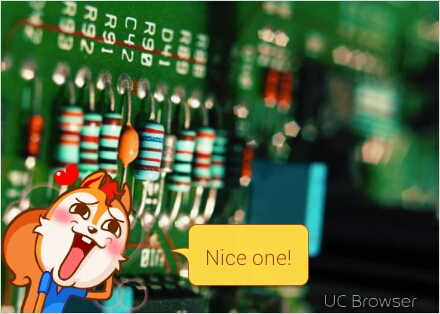
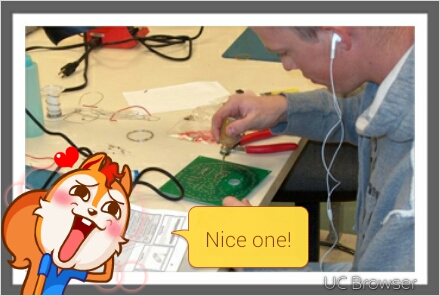
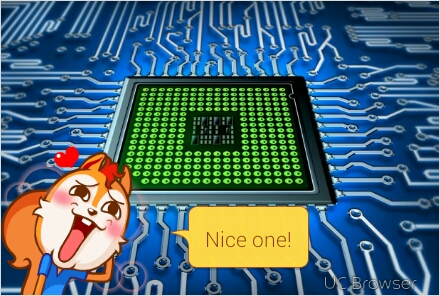
Electronics and Technology - their remodelling of life as we know it.
The 21st century global citizen is faced by glaring fast paced advancements that both scare and redefine the way human beings perceive life and living. Chief among the agents of remodelling living are the continuous and tremendous research developments on a daily basis in the field of electronics and technology. In this paper, electronics and technological advancements will be accessed showing how they are redefining life and living today. This will be through an analysis of the redefinition of democracy and how people respond to threats thereof, the internet of things and what challenges it brings with.
Currently, an average human being cannot project his/her life outside the electronic devices that surrounds them. Take a watch for instance, it detects what time one will wake up, how long they will take to dress up and leave home. Without this small device, you might even be fired from work because you are not time conscious. Electronics is the “field of engineering and applied physics dealing with design and application of devices, usually electronic circuits, the operation of which depends on the flow of electrons for the generation, transmission, reception, and storage of information.” . Technology has even ushered a new era of electronics by making these devices “increase their control and understanding of the material environment.” . The coupling of these two advancements is redefining how people view life today and how they respond hence introducing new challenges in life.
Democracy
In the context of the information age, democracy largely emphasise the fundamentals of freedom of speech and expression. The growth of internet usage emphasizes cyber democracy. Electronics and technological advancements have made computers and internet become a part of everyday life. Accelerating the view are such notions such as ecommerce which have changed the face of crime today. Countries are steadily creating firewalls to protect themselves against such acts, with recent examples of “China’s all seeing eye” and their high tech police state. This is all a testimony that threats are shifting from land to cyber. People are defending their cyber interests as it dictates largely how they live their lives. While in the advent of democracy, people would demonstrate and be violent on the streets, such has decreased today with people creating cyber revolutions instead. Some reports even suggests that the recent spring of revolutions that saw the fall of Maummur Gaddafi of Libya were as a result of online social networks which enabled people to organise themselves and fight for a common cause.
The rise and growth of the wireless web and electronic devices has remodelled liberalisation grounds, taking it from the streets to online. This also means more people are becoming online hence companies are also seeing business and also jostling for the space that has been created. Current statistics show that the internet has over 2 billion users which amounts to 30% of the world’s population with over 5 billion mobile users and counting. This has also led to issues of internet neutrality and how the space should be fairly used, whether it should be dictated by multi-million companies who can easily pay for their larger space or advocating for internet freedom. This also breads new forums that are as a result of the threat that global citizens see as daring today. Freedom Forum in the United States of America and other noted groups are now actively advocating for internet freedom, showing the new world revolution defining the citizen.
democracy
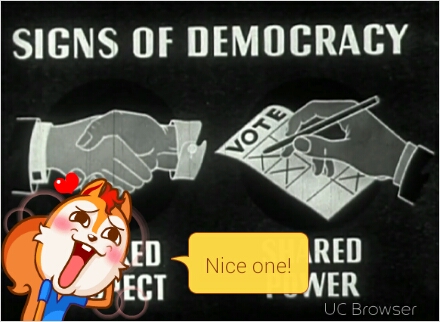

The internet of things
The constant advancement of electronics and technology is continuously seeing the connectivity of the two, where “objects are becoming embedded with sensors and gaining the ability to communicate”. While this may result in improved business processes, new business models and reduced costs and risks, it also changes the citizen’s way of life. The biggest challenge or threat in the connectivity of all things is the privacy of the consumer. It largely goes back to the issues of democracy and how its fundamentals on the growth of internet are a big question today. The information that companies are getting from their customers through the use of these technologies have a huge disadvantage to the consumer who can be manipulated to buying the products or services. This is in light of even such advancements as the Japan billboards that peer back at a passer-by and assess the consumer profiles they fit and then change the message accordingly which certainly takes advantage of information assessed from unknowing citizens.
Conclusion
The fast paced advancement of electronics and technology has an evident effect to the global citizen, redefining democracy and how citizens react to what they see as unfit. What becomes imperative now is the alignment of policies in light of the developments with third world countries also taking a lead. The advantages and ease of life that is piloted by these electronic and technological advancements should be realised with safeguarding structures that minimise the risks thereof.
Bibliography
Chui, M., Loffler, M. & Roberts, R., 2010. Internet of Things. McKinsey Quarterly, pp. 1-10.
Landis, F., Steber, G. R. & Reyer, S. E., 2007. Electronics, Redmond, WA: Micrososft Corporation.
Merritt, R. H., 2007. Technology, Redmond, WA: Microsoft Corporation.
NHS, 2012. IDEA Network News. [Online] Available at: http://gdppc.idebate.org/news-articles/2012-13-background-paper-digital-freedom-and-its-limits [Accessed 11 September 2012].
Vance, P., 1958. The hidden persuaders. 4th ed. London: Longmans.


